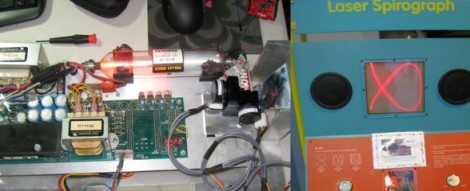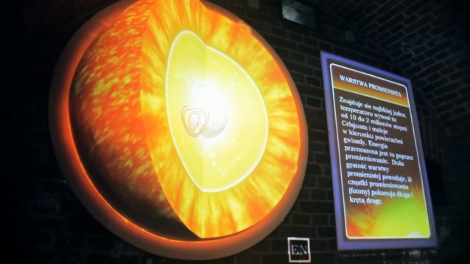
For those who are unfamiliar, “Freeze Frame” is the name of a common display in science museums. It is a small dark room with a single wall covered in phosphorescent material. Opposite of this wall is a flash on a timer. You enter the room, strike a pose and wait for the flash, then view your shadow preserved on the wall behind you.
[Bill] was saddened to see the display at his local science museum had been decommissioned long ago. All that was left was a dark room with a phosphorescent coated wall. Some industrious employees had rigged up some LED pens for people to “draw with light”, but in [Bill’s] opinion this wasn’t as impressive. He promptly volunteered to rebuild the display himself and we commend him, both on the fantastic job he did as well as his service to his local community. Great job [Bill], keep up the good work.












